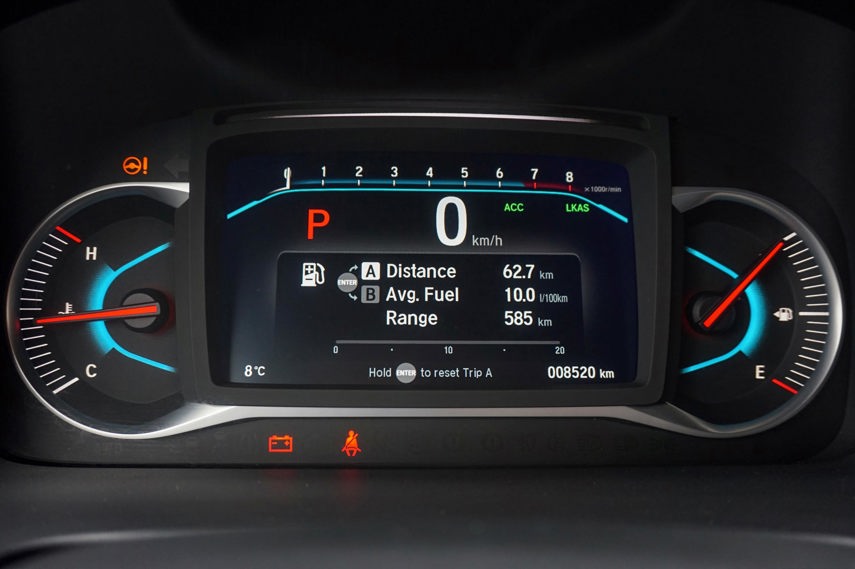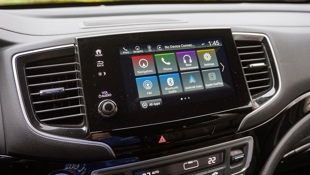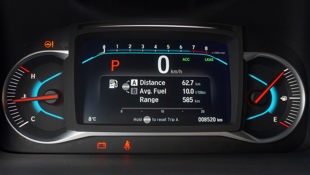$40,941. That was the average pre-tax selling price of a new vehicle in Canada late last year, according to industry-wide data – a princely sum by any standard.
Given its sticker price starts a few hundred dollars higher than that, it’s safe to assume the Honda Pilot is helping drive that transaction amount ever higher, as are the collective expectations of consumers for more features and technology than ever before. But as automakers like Honda answer the call by stuffing modern vehicles with all manner of comfort, convenience, and safety tech that warrants these astronomical asking prices, it’s equally important they deliver products that function as advertised.
Looking at the Pilot in particular, it’s not quite as feature-rich as more modern entries out there but can be optioned up with its fair share of excess. A rear-seat entertainment system and built-in Wi-Fi hotspot are but two highlights that make it an ideal road-trip companion, while a host of advanced safety features will keep the three-row SUV chugging along with the pace of traffic and ensure it remains within its designated lane of travel.
When it comes to the basics, however, the big Honda was abysmal during testing. On a few occasions, the government-mandated rearview camera refused to display when reverse gear was engaged, while the audio system transformed it into a torture chamber on wheels, an endless stream of ear-piercing static emanating from the speakers over a week-long evaluation.
If it feels like we’ve been here before, it’s because we have. Earlier this year, the otherwise fantastic Honda Odyssey produced the same kind of problems. I wrote about them, too. That time around, I used them to illustrate why, despite our best efforts, members of the automotive media don’t cover complaints that might otherwise be found on owners forums: time. Often these issues manifest after months, making them all but impossible to spot during a seven-day loan.

It didn’t take long for the Pilot’s problems to reveal themselves, though, starting within an hour of testing and remaining annoyingly obvious all week. The entire situation left me feeling immensely empathetic – empathetic towards you, the consumer, who might find yourself in the unenviable position of owning a brand-new vehicle inundated with such issues. Whether you’re shelling out $40,941 – the eye-watering average selling price Canadians paid last year – or $9,998, the starting price of the cheapest car in Canada, the Chevrolet Spark, there’s no reason reality should come up so short of expectation.
This isn’t strictly a Honda problem, either. Tech troubles are the leading cause for complaints in industry surveys – a trend that’s sure to continue in the years to come as the complexity of all this technology only increases. According to consumer insights and analysis firm J.D. Power, nearly 25 per cent of the problems reported in its 2020 initial quality study relate to in-vehicle electronics. From bad voice recognition software to smartphone connectivity complaints – and yes, infotainment issues – the stuff that’s supposed to make our lives easier is having the opposite effect.
When it comes to the reason the vehicles we drive are now filled with tons of technology, whether it was the chicken or the egg that came first remains irrelevant. All that matters now is that if consumers are going to pay for it – and trust me, they are – then it’s up to automakers to deliver products that work the way they’re meant to.


